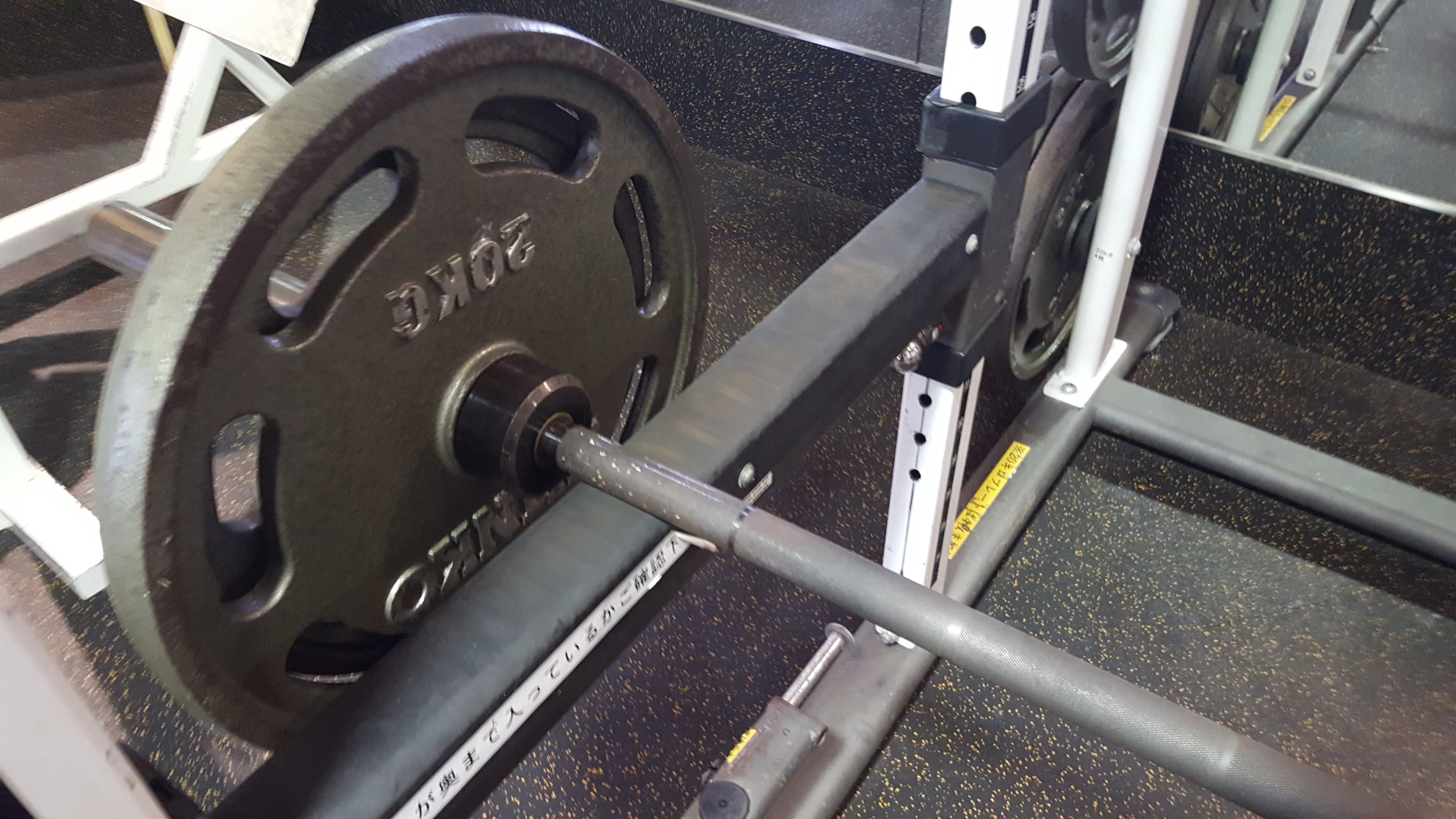
Here’s a guide to finding the right gym for you in Japan, a surprisingly difficult endeavor.
Gyms in the United States and other western countries have ballooned over time into all-encompassing, cavernous megastructures that you can spend hours wandering around in without encountering another living human being. A good many of them are equipped with all the latest gear and machines, and sometimes even a frikkin’ five ton tire placed there specifically in case The Rock decides to show up one day. It’s not hard, in other words, to find a gym that has everything you need and a membership will probably only cost you something south of fifty bucks a month.
Japanese gyms, on the other hand, are another story entirely. It’s not uncommon to get roped into an eye-bulgingly expensive membership at a place that looks great on the outside, only to walk in and find an empty room with a single 12 kg dumbbell collecting dust in the corner and a single octogenarian in spandex pants leering at you in the mirror.
Now, in my quest to find actual good gyms in Japan, I’ve been to somewhere in the ballpark of about 30 different locations throughout Tokyo and some surrounding regions. So, to save Japan newcomers (or long-term residents who’ve recently decided to get in shape) some hassle, here’s my survival guide for finding a decent gym in Japan:
Keep your fitness goals in mind
Knowing your own fitness routines and personal goals will help you choose the gym that’s right for you. Yeah, that sounds obvious, but a lot of gyms here can be severely lacking in the equipment department, while others don’t have swimming pools or classes or trainers who have any idea what they’re talking about, and others still may have basically everything except the specific gear you want to use. Later on, we’ll break down the three major types of gyms in Japan and what you can expect to find in each.
Determine your budget
Don’t expect to stroll into a place and plunk down 30 bucks for a pay-as-you-go monthly membership. Almost all gyms require 6-to-12 month contracts upfront and there are all kinds of wacky extra charges. Generally, you can expect to pay something like US$80 to 200 per month for a long-term membership. Luckily, if you’re only visiting for a week or so or don’t want to have to regularly skip meals just to offset gym fees, there are plenty of public gyms with pretty cheap single-visit options. And that brings us to…
Types of gyms
Broadly speaking, there are three common types of gyms. Here’s what kind of experience you can expect at each:
Private gyms catering to the general public: These are places like Esforta, Tipness, Renaissance, and Konami. If your main goal in the gym is to lift weights, you’re probably going to be disappointed by these locations. Sure, Tipness has a few locations with robust weight rooms, but they’re few and far between. Expect lots of cardio equipment, mostly cardio-focused fitness classes, maybe one to two benches that will always be occupied by two old guys sitting around chatting with each other, and just maybe a squat rack. These gyms also tend to have a bunch of weird, draconian rules and trainers prone to programs that run from ineffective to possibly actually bad for you. They usually cost around 8,000 to 150,000 yen a month (US$78-140), and are perfect for cardio enthusiasts who might pick up a dumbbell occasionally and people primarily interested in a large variety of classes.
Public gyms: The biggest perk of Japan’s public gyms is that no membership is required. You typically pay somewhere between 300 and 500 yen a visit, and you can even get an additional discount if you’re a resident of the area. And the one big, big con? Well, these things are all over the place in terms of quality. Some are well-equipped gym rat utopias that sometimes even feature basketball courts, swimming pools and, no kidding, even sumo rings. Others might only have a handful of decrepit running machines and a couple of dumbbells. Practically every city has one, and larger cities often have several, but it’s really just down to blind luck whether or not the public gym(s) in your area are any good (for example, all three of the gyms in Shinagawa suck, trust me). If you want to find your nearest public gym, just ask around for either a ku-ritsu gym (区立ジム) or the local Sports Center. Pro Tip: Avoid Minato-ku Sports Center at all costs. It may look nice on the inside, but it’s a crowded, overpriced nightmare. These gyms are perfect for frugal gym-goers, short-term visitors or any lucky bastard living near a really nice one.
Private gyms catering to hardcore weight lifters and bodybuilders: It’s pretty self-explanatory who these gyms are a good fit for, and basically include Gold’s Gym and a handful of solo operations peppered around the city. Gold’s Gym is the closest Japan has to a one-size-fits-all fitness haven and I would have just recommended it immediately and saved you from reading the last, like, bazillion words, but for the fact that it’s prohibitively expensive (about 16,500 yen a month for a basic membership) and certain locations may still be missing the gear you want. Other options include Endo’s Gym and King Platinum in Hiroo. You can do a search for “bodybuilding gym” (ボディビル ジム) in your area, but be aware some of the aforementioned gyms for the general public are going to sneak into the search results.
Final notes: In terms of actually going out and looking for a gym that suits you best, my advice is to at least check out the public gym(s) in your area first, since there’s a non-zero chance you’ll like it just fine and you’ll save yourself a whole bunch of money. Also, a Gold’s Gym membership entitles you to entry in their locations nationwide, while Tipness has a similar plan for an additional fee; something to keep in mind if you move around a lot.
Etiquette and what to expect
- Literally every gym in Japan requires that you change from your outdoor shoes to shoes specifically for the gym. Don’t show up empty-handed, or you’ll be forced to rent a pair of indoor gym shoes for an added fee.
- It’s frowned upon to show up more than five minutes late for a fitness class and they’ll often lock the doors outright around 15 minutes in.
- Super-setting (going back and forth between two machines) is forbidden at most gyms, frowned upon in most others. Among those that do allow it, you may still find certain machines that are off-limits to this practice (the sign will read something like スーパーセット禁止).
- Need a water break between sets? Bring a large-ish towel and a water bottle. Drape the towel over the bench or on the machine you’re using whenever you need to walk away for a few seconds. This will prevent people from taking your machine while you’re gone. The water bottle also serves as a backup option for hydration, as many gyms only have vending machines and no water fountains.
- Some equipment works on a “reservation” system at some gyms. Keep an eye out for a red, magnetic card, particularly near treadmills, bikes and barbell benches. If someone is already on the machine, take the red magnet to “reserve” the machine and go do something else until it’s free. Also, obviously, if the red card is gone but there’s no one on the machine, don’t just jump on it. Look around for whoever’s got it and remind them they’re up next.
- It’s typical for gyms to close entirely once a week or a few days out of the month. Look for signs near the front desk with their closing schedule, so you don’t – like I constantly do – wind up biking halfway across town to find the lights out and the doors locked. Also, many locations are closed for long holidays, such as Golden Week and the new year.
- Don’t expect to get your workout done in the exact order you planned it. Japanese gyms are crowded and a lot of people here have no concept of “working in,” so if your machine is taken, you may find yourself waiting an impractical amount of time.
- The walls of gyms in Japan are plastered with rules, many of which you will frequently see Japanese people flagrantly breaking. You, however, as a foreigner, will be under extra scrutiny, so it’s best to just follow the rules.
- Prepare to see some really weird stuff in the locker room.
Well, I think I’ve rambled long enough. I hope prospective Japan-based gym rats find this guide helpful. And if you ever find your workout resolve faltering, just watch this hilariously 80s Rocky IV training montage.
Images ©RocketNews24

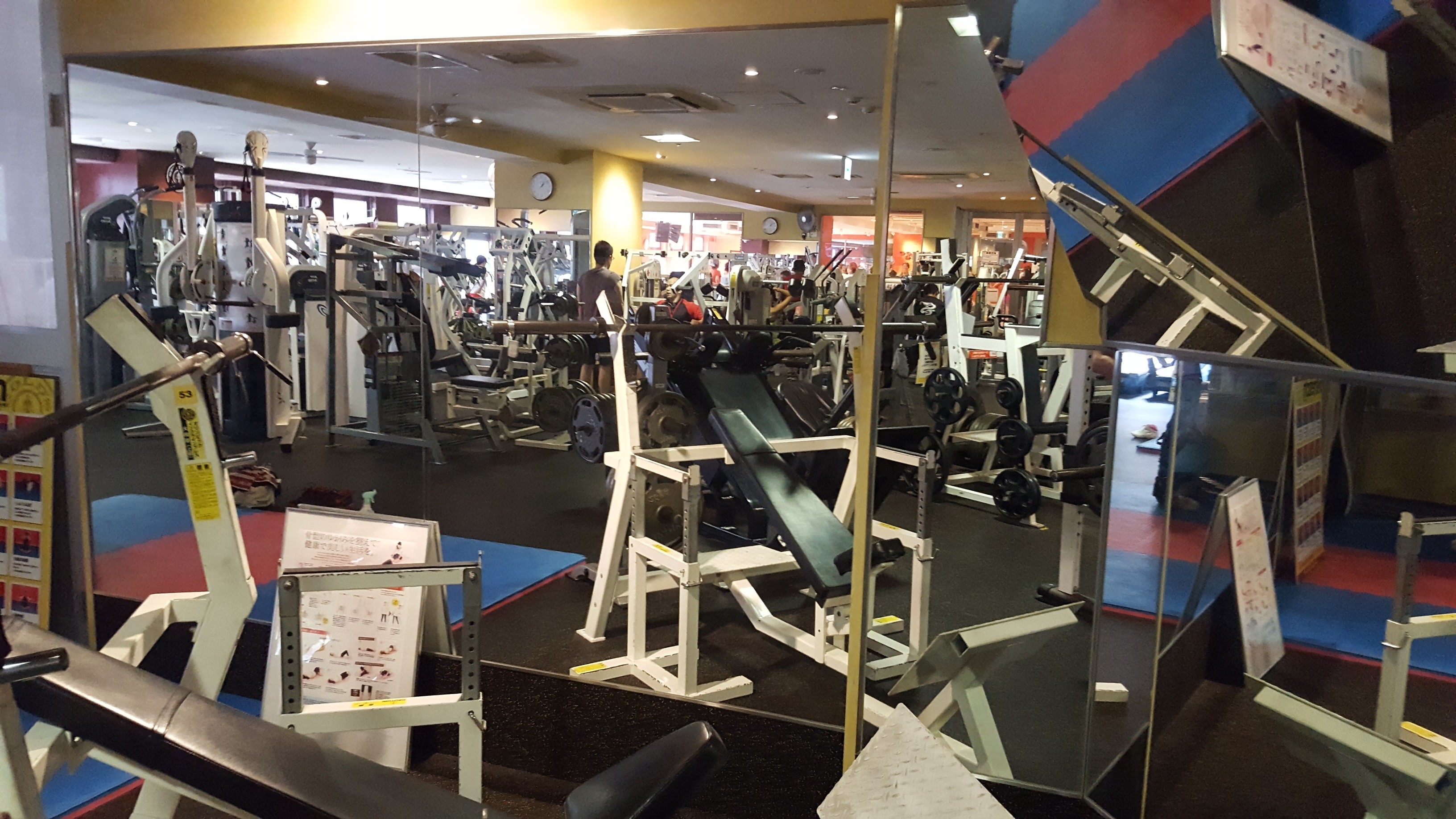
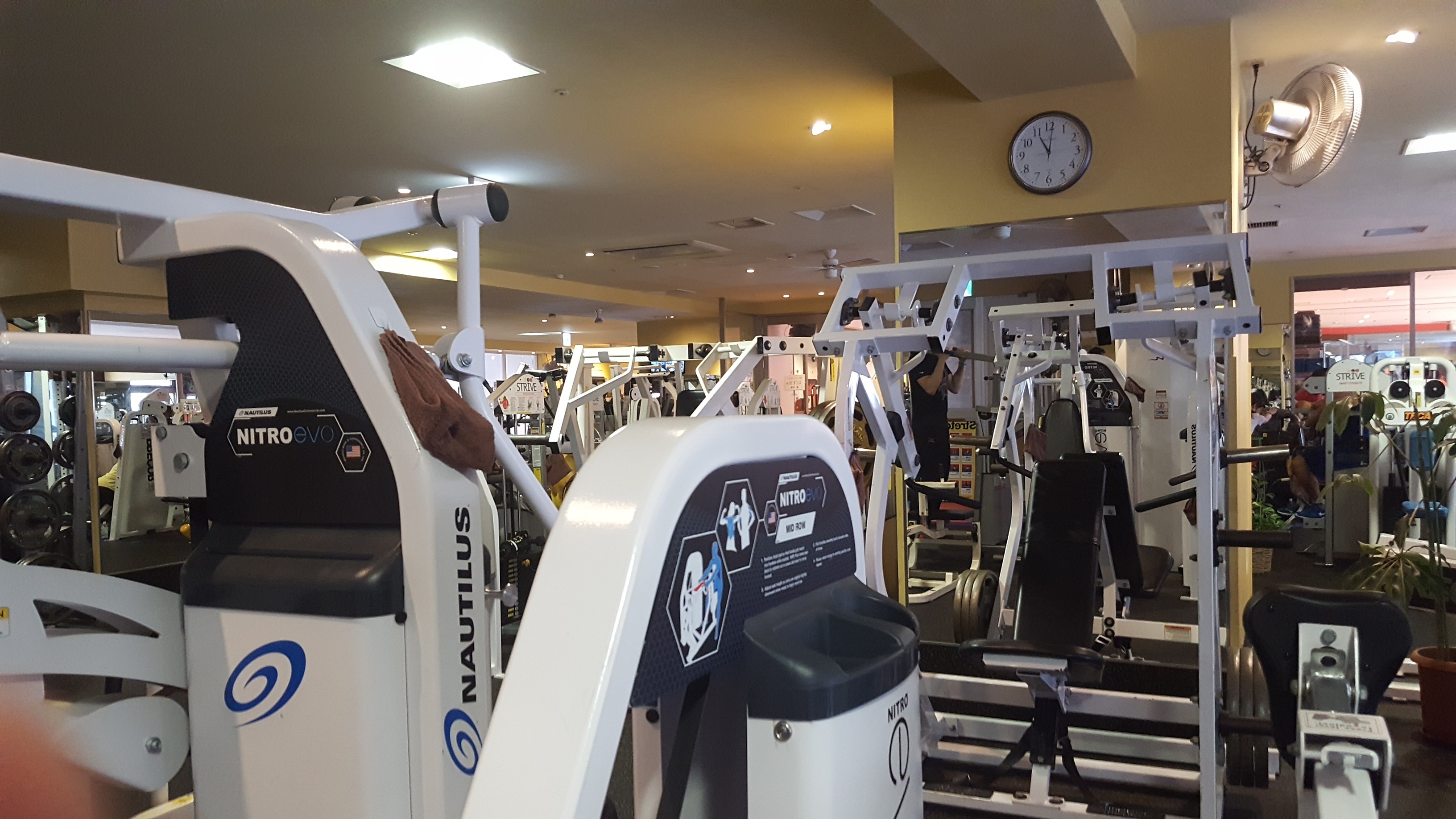
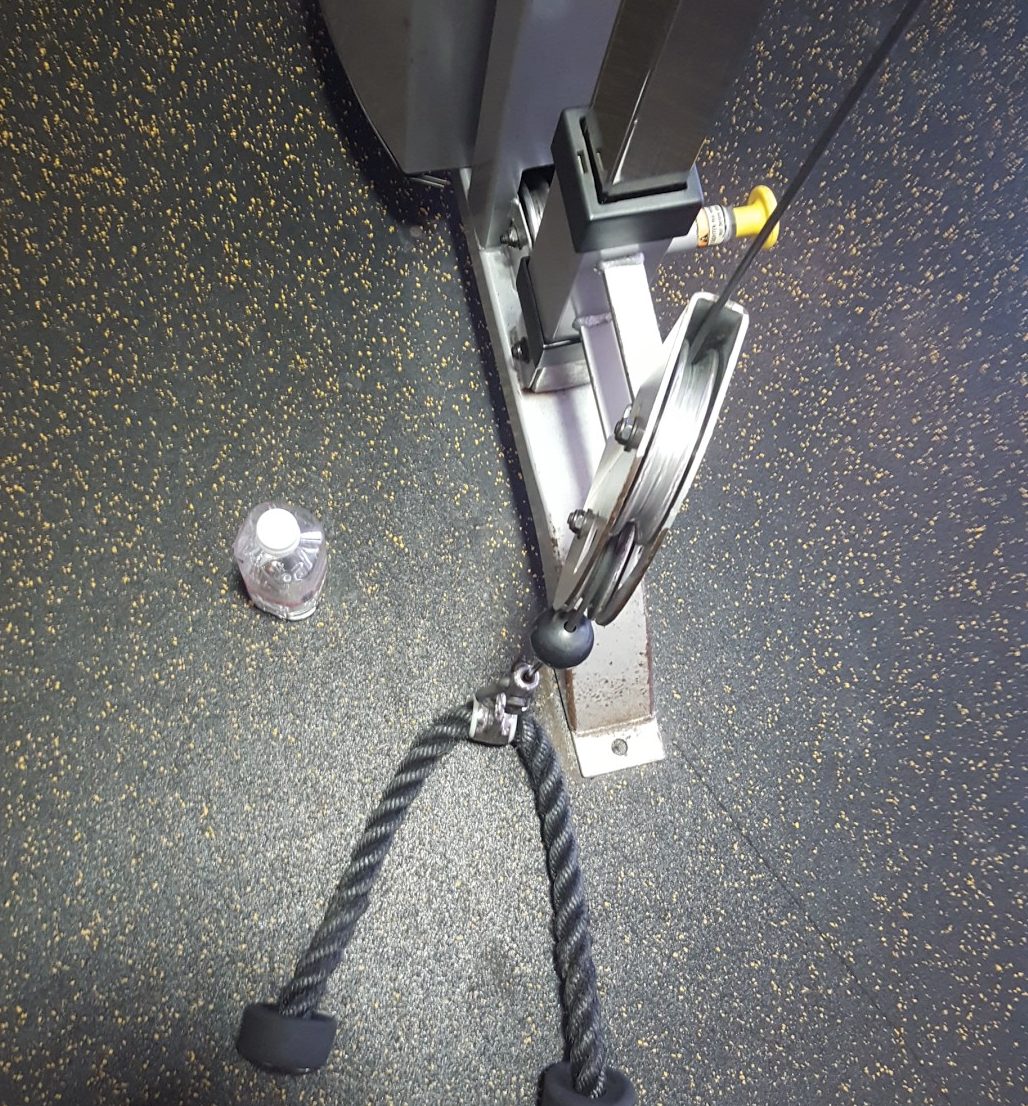
 Real life Pokémon gym set to open in Japan next month
Real life Pokémon gym set to open in Japan next month Japan’s real-world One-Piece fitness gym is open, lets you pump giant manga meat
Japan’s real-world One-Piece fitness gym is open, lets you pump giant manga meat New women-only gym in Tokyo offers free all-you-can-eat donuts and other sweets to members
New women-only gym in Tokyo offers free all-you-can-eat donuts and other sweets to members Listening to boys’ love during workout at gym causes strange problem in Japan
Listening to boys’ love during workout at gym causes strange problem in Japan Pokémon Go players discover unusual gym locations around Japan
Pokémon Go players discover unusual gym locations around Japan Japanese ramen restaurants under pressure from new yen banknotes
Japanese ramen restaurants under pressure from new yen banknotes French Fries Bread in Tokyo’s Shibuya becomes a hit on social media
French Fries Bread in Tokyo’s Shibuya becomes a hit on social media McDonald’s new Happy Meals offer up cute and practical Sanrio lifestyle goods
McDonald’s new Happy Meals offer up cute and practical Sanrio lifestyle goods New private rooms on Tokaido Shinkansen change the way we travel from Tokyo to Kyoto
New private rooms on Tokaido Shinkansen change the way we travel from Tokyo to Kyoto Secret Kitchen bento serves Japanese flowers, birds, wind and moon in a box, but is it worth it?
Secret Kitchen bento serves Japanese flowers, birds, wind and moon in a box, but is it worth it? A trip to hell on Japan’s ‘vomit ship’: Is it as bad as everyone says it is?
A trip to hell on Japan’s ‘vomit ship’: Is it as bad as everyone says it is? Kyoto’s 100 Demons yokai monster parade returns!
Kyoto’s 100 Demons yokai monster parade returns! Cosplay in front of explosions and flames at the upcoming fiery Baku Festival
Cosplay in front of explosions and flames at the upcoming fiery Baku Festival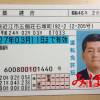 Japanese government proposes driver’s license change to make them easier for foreigners to read
Japanese government proposes driver’s license change to make them easier for foreigners to read We try out “Chan Ramen”, an underground type of ramen popular in the ramen community
We try out “Chan Ramen”, an underground type of ramen popular in the ramen community All-you-can-drink Starbucks and amazing views part of Tokyo’s new 170 meter-high sky lounge
All-you-can-drink Starbucks and amazing views part of Tokyo’s new 170 meter-high sky lounge More foreign tourists than ever before in history visited Japan last month
More foreign tourists than ever before in history visited Japan last month Starbucks reopens at Shibuya Scramble Crossing with new look and design concept
Starbucks reopens at Shibuya Scramble Crossing with new look and design concept Studio Ghibli releases new action figures featuring Nausicaä of the Valley of the Wind characters
Studio Ghibli releases new action figures featuring Nausicaä of the Valley of the Wind characters Studio Ghibli glasses cases let anime characters keep an eye on your spectacles
Studio Ghibli glasses cases let anime characters keep an eye on your spectacles Is the new Shinkansen Train Desk ticket worth it?
Is the new Shinkansen Train Desk ticket worth it? Beautiful Ghibli sealing wax kits let you create accessories and elegant letter decorations【Pics】
Beautiful Ghibli sealing wax kits let you create accessories and elegant letter decorations【Pics】 Studio Ghibli releases Kiki’s Delivery Service chocolate cake pouches in Japan
Studio Ghibli releases Kiki’s Delivery Service chocolate cake pouches in Japan New definition of “Japanese whiskey” goes into effect to prevent fakes from fooling overseas buyers
New definition of “Japanese whiskey” goes into effect to prevent fakes from fooling overseas buyers Our Japanese reporter visits Costco in the U.S., finds super American and very Japanese things
Our Japanese reporter visits Costco in the U.S., finds super American and very Japanese things Studio Ghibli unveils Mother’s Day gift set that captures the love in My Neighbour Totoro
Studio Ghibli unveils Mother’s Day gift set that captures the love in My Neighbour Totoro Domino’s Japan now sells…pizza ears?
Domino’s Japan now sells…pizza ears? New Japanese KitKat flavour stars Sanrio characters, including Hello Kitty
New Japanese KitKat flavour stars Sanrio characters, including Hello Kitty New Pokémon cakes let you eat your way through Pikachu and all the Eevee evolutions
New Pokémon cakes let you eat your way through Pikachu and all the Eevee evolutions Sales of Japan’s most convenient train ticket/shopping payment cards suspended indefinitely
Sales of Japan’s most convenient train ticket/shopping payment cards suspended indefinitely Sold-out Studio Ghibli desktop humidifiers are back so Totoro can help you through the dry season
Sold-out Studio Ghibli desktop humidifiers are back so Totoro can help you through the dry season Japanese government to make first change to romanization spelling rules since the 1950s
Japanese government to make first change to romanization spelling rules since the 1950s Ghibli founders Toshio Suzuki and Hayao Miyazaki contribute to Japanese whisky Totoro label design
Ghibli founders Toshio Suzuki and Hayao Miyazaki contribute to Japanese whisky Totoro label design Doraemon found buried at sea as scene from 1993 anime becomes real life【Photos】
Doraemon found buried at sea as scene from 1993 anime becomes real life【Photos】 Tokyo’s most famous Starbucks is closed
Tokyo’s most famous Starbucks is closed One Piece characters’ nationalities revealed, but fans have mixed opinions
One Piece characters’ nationalities revealed, but fans have mixed opinions We asked a Uniqlo employee what four things we should buy and their suggestions didn’t disappoint
We asked a Uniqlo employee what four things we should buy and their suggestions didn’t disappoint Princesses, fruits, and blacksmiths: Study reveals the 30 most unusual family names in Japan
Princesses, fruits, and blacksmiths: Study reveals the 30 most unusual family names in Japan Updates on Nintendo’s revolutionary Pokémon Go: Gyms, teams, location-specific Pokémon and more
Updates on Nintendo’s revolutionary Pokémon Go: Gyms, teams, location-specific Pokémon and more A permanent One Piece-themed fitness gym is opening in Japan, now recruiting pirate trainers
A permanent One Piece-themed fitness gym is opening in Japan, now recruiting pirate trainers Here’s how the awesome new Pokémon GO mobile game will look on your smartphone
Here’s how the awesome new Pokémon GO mobile game will look on your smartphone Japan’s Family Mart convenience store chain adding fitness clubs to select locations
Japan’s Family Mart convenience store chain adding fitness clubs to select locations Japan to open its first-ever esports gym in Tokyo, with options to pay for professional training
Japan to open its first-ever esports gym in Tokyo, with options to pay for professional training Japanese government agency steps in to possibly regulate PokéCoin purchases
Japanese government agency steps in to possibly regulate PokéCoin purchases Fan theory suggests the Pokémon world has a super dark history 【Video】
Fan theory suggests the Pokémon world has a super dark history 【Video】 Tear up the stage and the 2020 Tokyo Marathon with kabuki-inspired ASICS sneakers
Tear up the stage and the 2020 Tokyo Marathon with kabuki-inspired ASICS sneakers Osaka’s JK parlours rebranding as cafes with new concept: girls sitting in ‘taiiku-zuwari’
Osaka’s JK parlours rebranding as cafes with new concept: girls sitting in ‘taiiku-zuwari’ Kyoto temple becomes Pokémon Go gym in Japan, provides special phone chargers for players
Kyoto temple becomes Pokémon Go gym in Japan, provides special phone chargers for players New vending machines around Japan dispense popular Pokémon goods with interactive Pikachu
New vending machines around Japan dispense popular Pokémon goods with interactive Pikachu Walking Bicycle Club looks to change the way we ride, angers internet with promotional video
Walking Bicycle Club looks to change the way we ride, angers internet with promotional video Middle-aged, left-by-wife Japanese guy goes from schlub to stud, rebuilds muscles and life【Pics 】
Middle-aged, left-by-wife Japanese guy goes from schlub to stud, rebuilds muscles and life【Pics 】 The “doya-gao” phenomenon and where you’re most likely to see it
The “doya-gao” phenomenon and where you’re most likely to see it “Long Live China!”: Chinese players hijack Tokyo’s Yasukuni Shrine Pokémon Go gym
“Long Live China!”: Chinese players hijack Tokyo’s Yasukuni Shrine Pokémon Go gym
Leave a Reply